
A person’s diet should contain only 10 percent of saturated fats and 1 percent from trans fats, according to new World Health Organization guidelines.
Source: Saturated fat should be maximum 10 percent of diet, WHO says

A person’s diet should contain only 10 percent of saturated fats and 1 percent from trans fats, according to new World Health Organization guidelines.
Source: Saturated fat should be maximum 10 percent of diet, WHO says

It is the British Nutrition Foundation’s Healthy Eating week this week (1st-5th June 2015), so I volunteered myself to go into my daughters nursery school to talk to the children about my job and healthy eating. Nursery school is for children aged 3-4 years and at my daughter’s nursery they go every weekday morning or afternoon.
Source: Colours of the Rainbow: talking about healthy eating to 4 year olds! – Dietitian’s Life
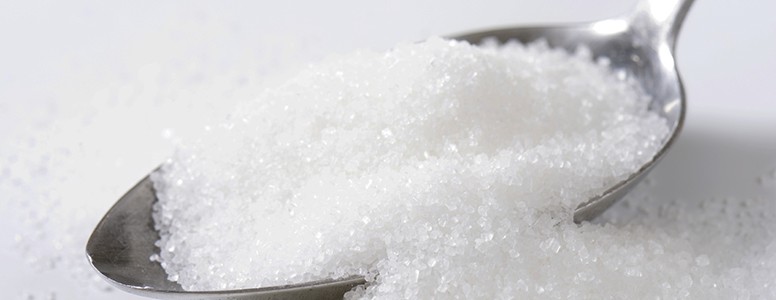
Leading health experts have released an eight-point plan to help combat rising rates of metabolic conditions such as type 2 diabetes. Three of the world’s top cardiologists have come together and released a report in a bid to create a healthier culture.
Original Article: Type 2 diabetes report strikes back at attempts to protect sugary lifestyles
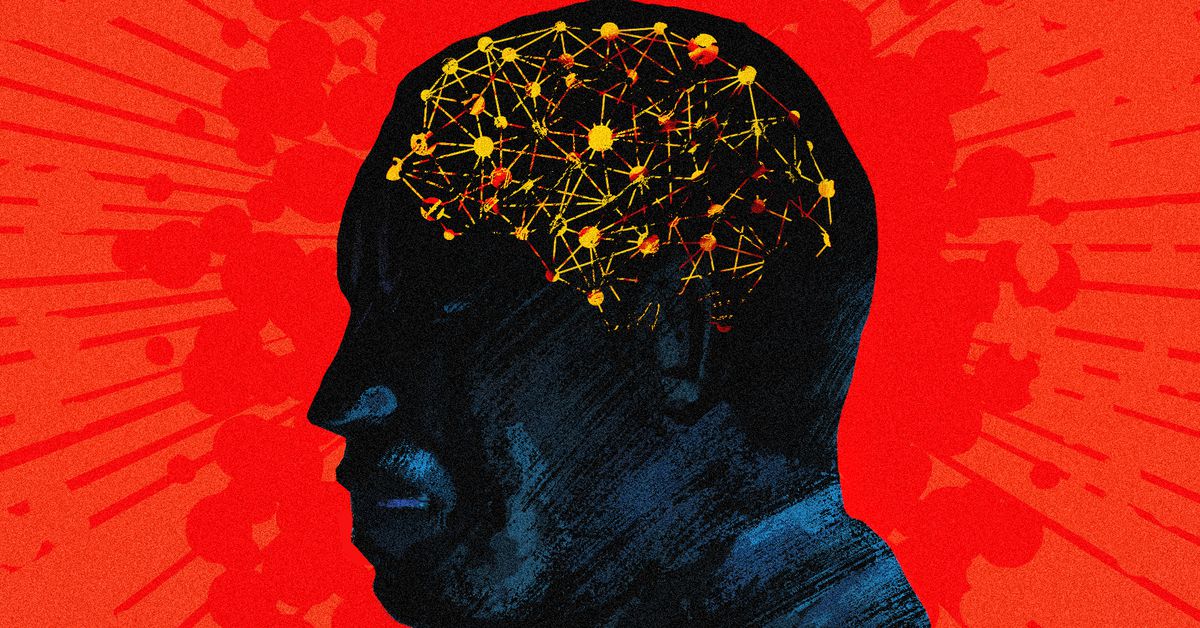
Chronic pain often has no physical cause. Psychotherapy can reduce the suffering.
Original Article: 100 million Americans have chronic pain. Very few use one of the best tools to treat it.

The researchers say the new study is the first to investigate aerobic system dynamics with machine learning and unsupervised wearable sensor use.
Original: Healthcare Analytic News

Healthier diets were associated with larger brain tissue volume in a long-running Dutch cohort study, suggesting that nutrition might affect neurodegeneration through brain structure.

Here’s a startling truth. I can make you fat. Actually, I can make anybody fat. How? I simply prescribe insulin injections. Giving people extra insulin leads inevitably to weight gain. In type 1 diabetes, when insulin levels are extremely low, patients lose weight no matter how many calories they eat. Give insulin — gain weight. No insulin — lose weight (even to the point of death). Because if insulin causes weight gain, then losing weight depends upon lowering insulin.
Source: A short primer on how to Lose Weight — What to Eat and When to Eat

I was in fourth grade, sitting in a doctor’s office, the first time my face flushed with shame. I was, I had just learned, overweight.

Napping in the day may have mixed health benefits in people with type 2 diabetes, researchers have said. A complex relationship exists between sleep and diabetes, so Japanese researchers investigated how midday naps were associated with night-time sleep duration and blood sugar control.
Source: Mixed health benefits associated with midday napping in those with type 2 diabetes

Since the age of 10, Tom Malterre has been fascinated by the science of nutrition. In his quest to understand the genius of food, he has achieved both a bachelor’s and master’s degree in nutritional science from Bastyr University, learned from world experts in medicine at the Institute for Functional Medicine, become a faculty member of the Autism Research Institute, co-authored two books, and coached numerous health care practitioners on using nutritional science as a tool in their clinical practices. Tom loves to spend time with his wife and children hiking in the mountains, harvesting wild food, and tending to the family garden.
Source:Broccoli – the DNA whisperer | Tom Malterre | TEDxBellingham
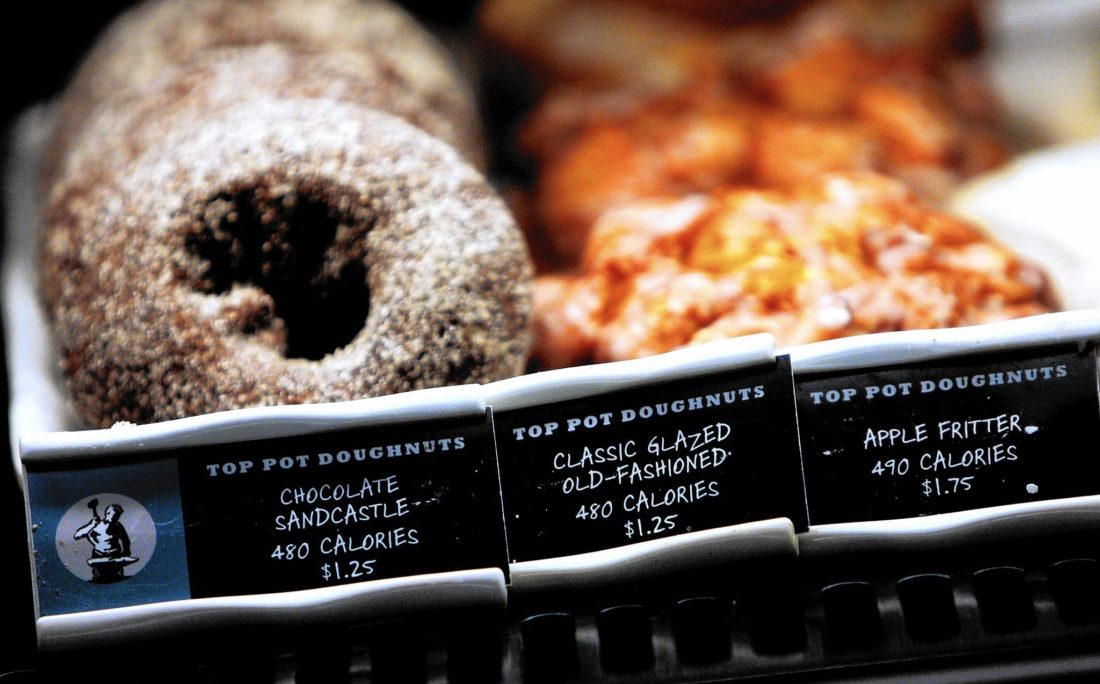
Counting calories is now the law of the land. This month, a long-delayed regulation came into effect requiring all food chains with 20 or more locations to list calorie information on their menus.
Original Article: No, calories on menus won’t slim down America
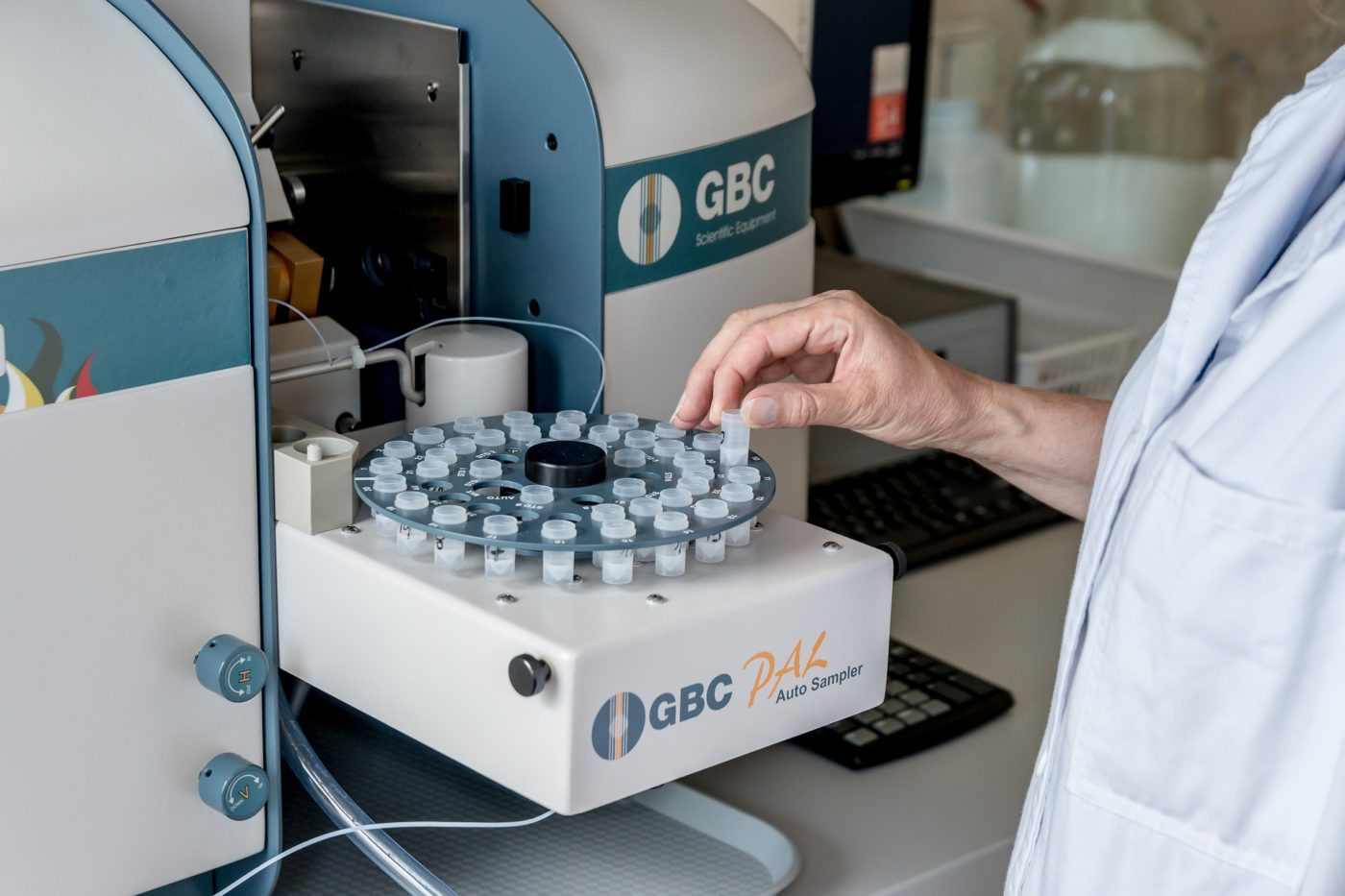
Adding a test normally used for diabetes monitoring to employee wellness exams could identify people who don’t have the disease but are at high risk of developing it, a recent study suggests.
Original Article: Blood test may predict who is most at risk for diabetes

Breastfeeding can cut the chances of a child becoming obese by up to 25%, according to a major study involving 16 countries.
Original: Breastfeeding reduces child obesity risk by up to 25%, WHO finds
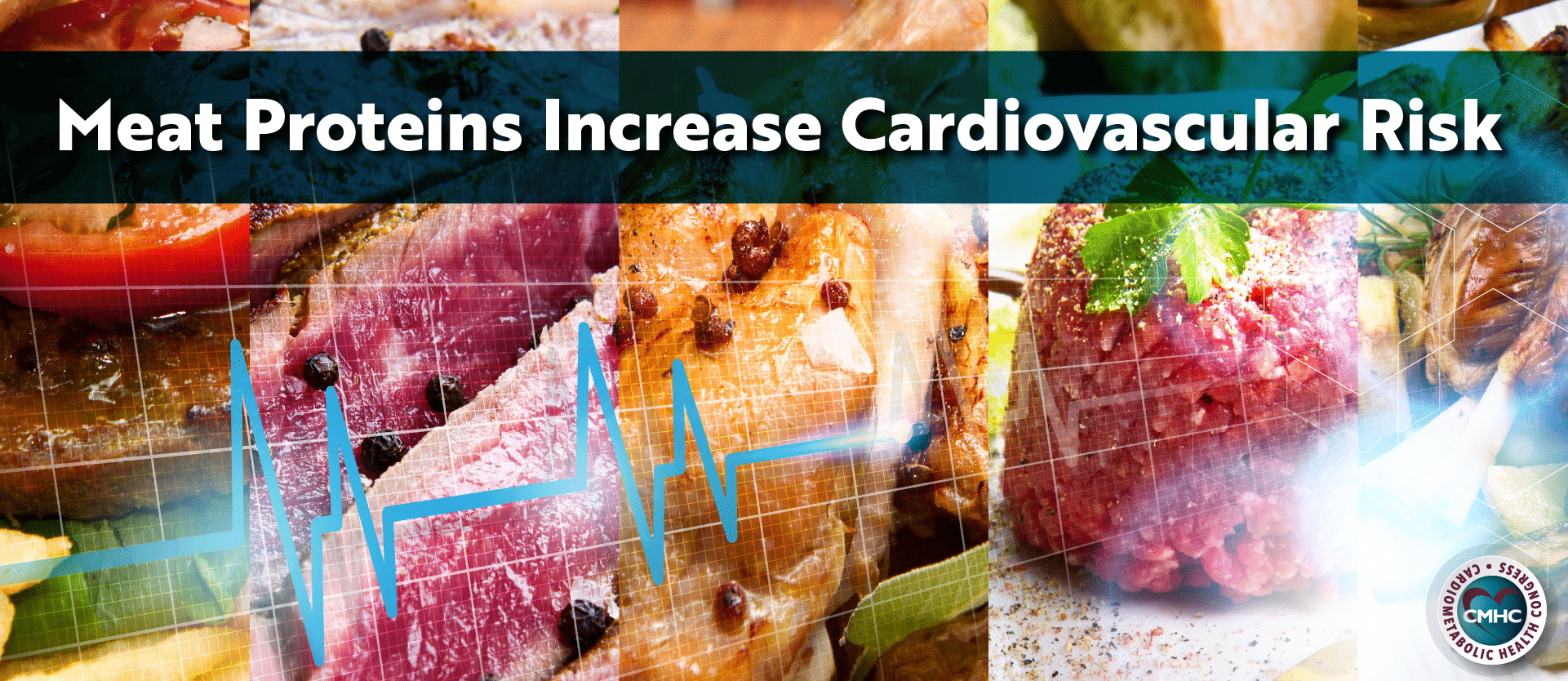
Research finds that frequent meat consumption results in a sharp uptick in the baseline risk of cardiovascular disease. Studies suggest determining the effect of amino acids in meat proteins on CVD, and finding the link between protein sources and heart disease risk factors.
Source: Meat Proteins Increase Risk of Heart Disease by 60% • CMHC PULSE

A study of patients with low back pain finds that those who got physical therapy first needed fewer pricey scans and surgeries and had “significantly lower out-of-pocket costs” for treatment overall.
Source: Trying Physical Therapy First For Low Back Pain May Curb Use Of Opioids

The study is the first to establish a link between susceptibility to seizures and the gut microbiota — the 100 trillion or so bacteria and other microbes that reside in the human body’s intestines.
Original Article: Gut bacteria play critical role in anti-seizure effects of ketogenic diet, UCLA scientists report
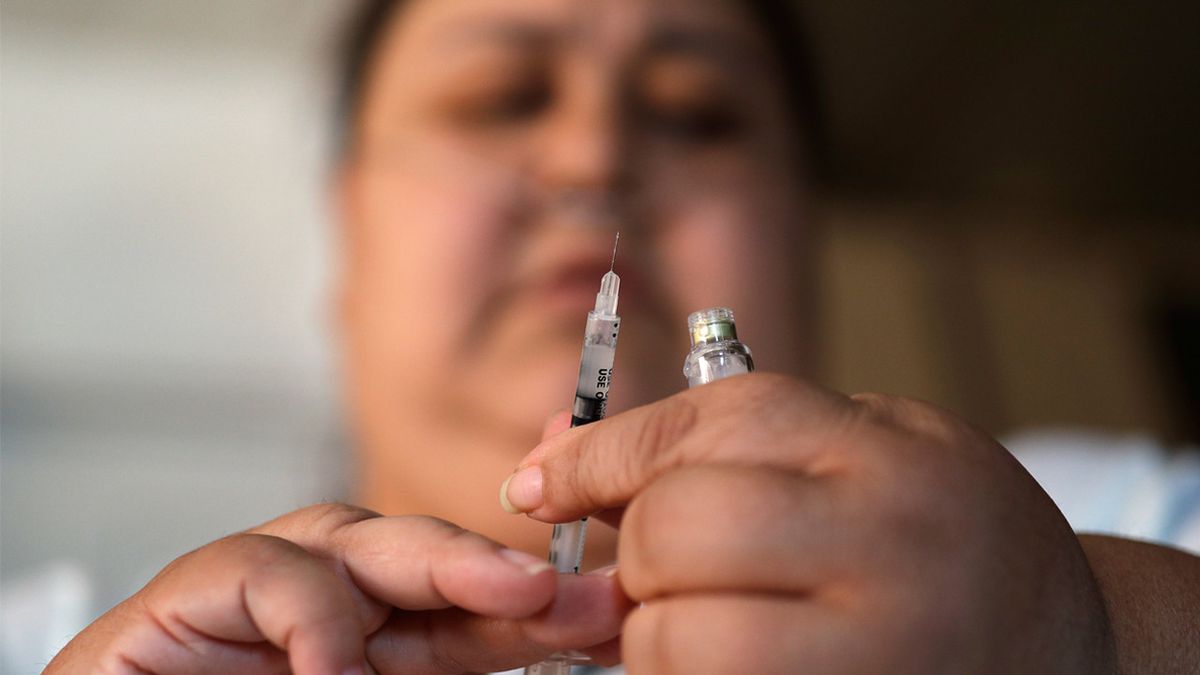
A surprising — but welcome — side effect of a therapy for obsessive-compulsive disorder may pave the way for a new approach to treating type 2 diabetes.
Source: Deep brain stimulation may offer treatment for type 2 diabetes, study suggests

Extensive literature show that shift work increase insulin resistance, the risk of Type 2 diabetes, and related metabolic abnormalities. Get advice on management related to shift work in people with diabetes.
Source: Issues Related to Shift Work in People with Diabetes – Practical Diabetology
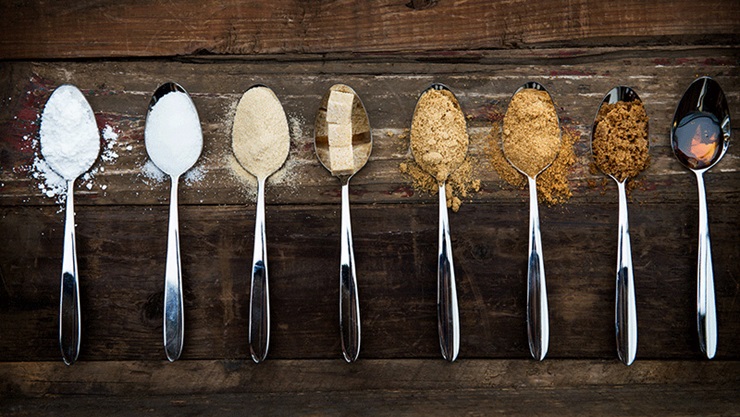
Sugars in your diet can be naturally occurring or added. Naturally occurring sugars are found naturally in foods such as fruit (fructose) and milk (lactose). Added sugars are sugars and syrups put in foods during preparation or processing, or added at the table.
Original Article: Added Sugars

New research finds that eating five to servings of fruits and vegetables daily may lower women’s risk of stress by more than a fifth.
Source: Eating fruits and vegetables may lower women’s stress risk